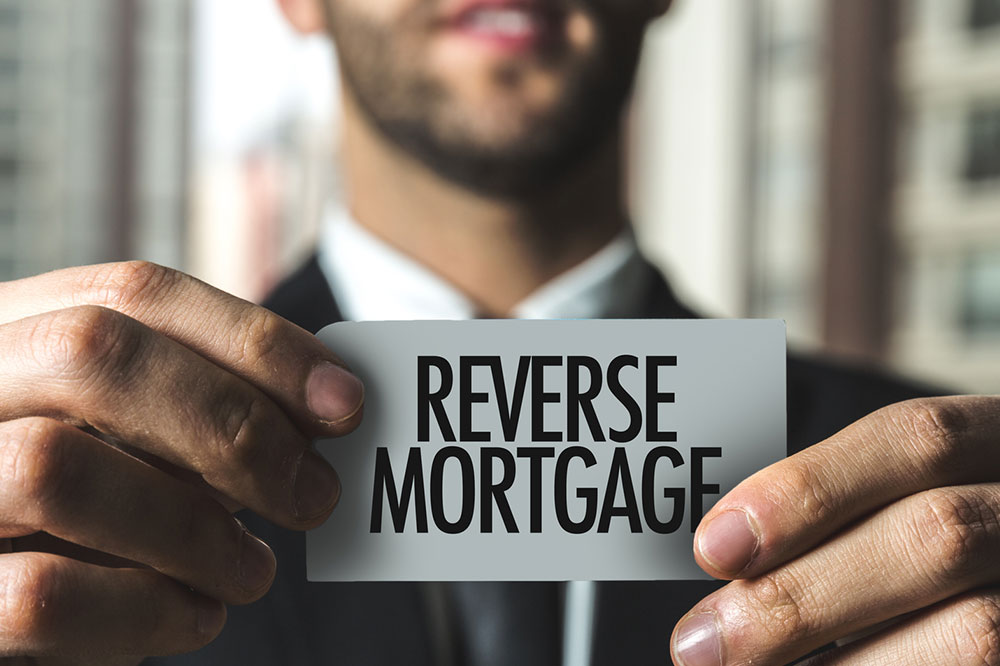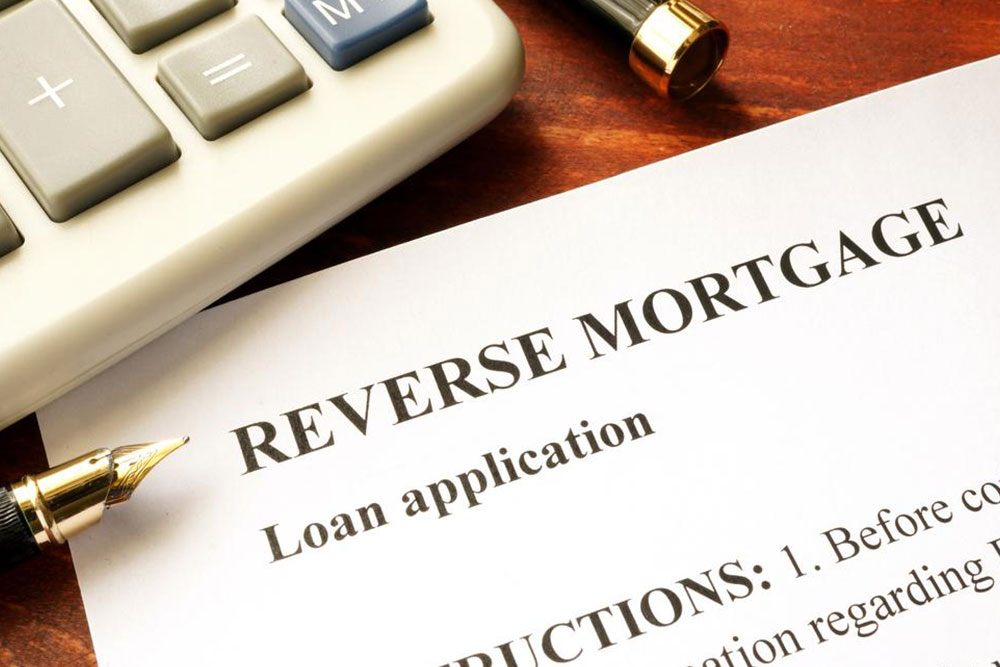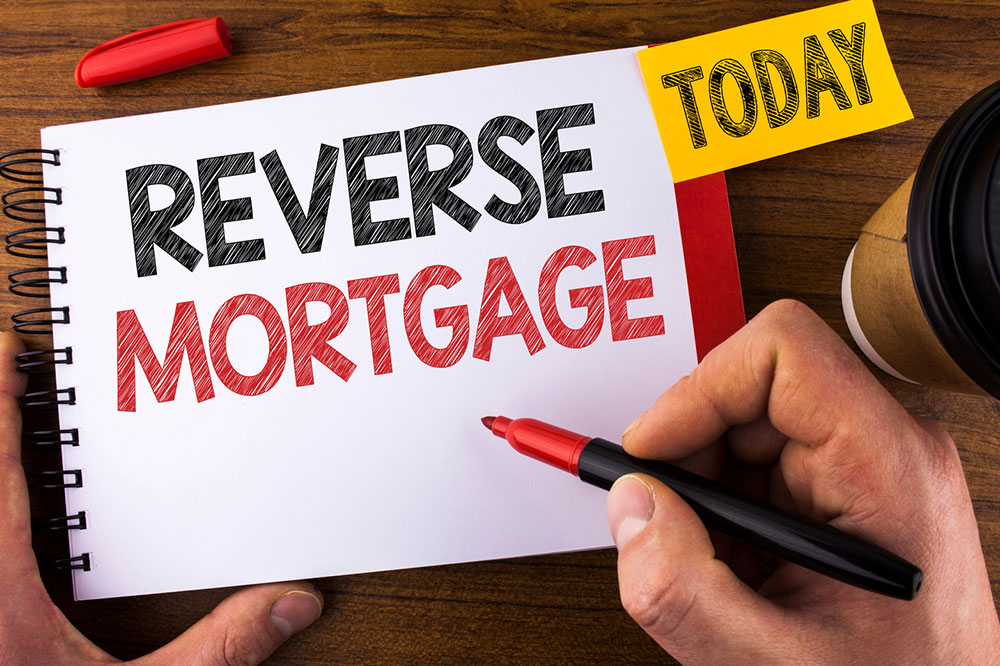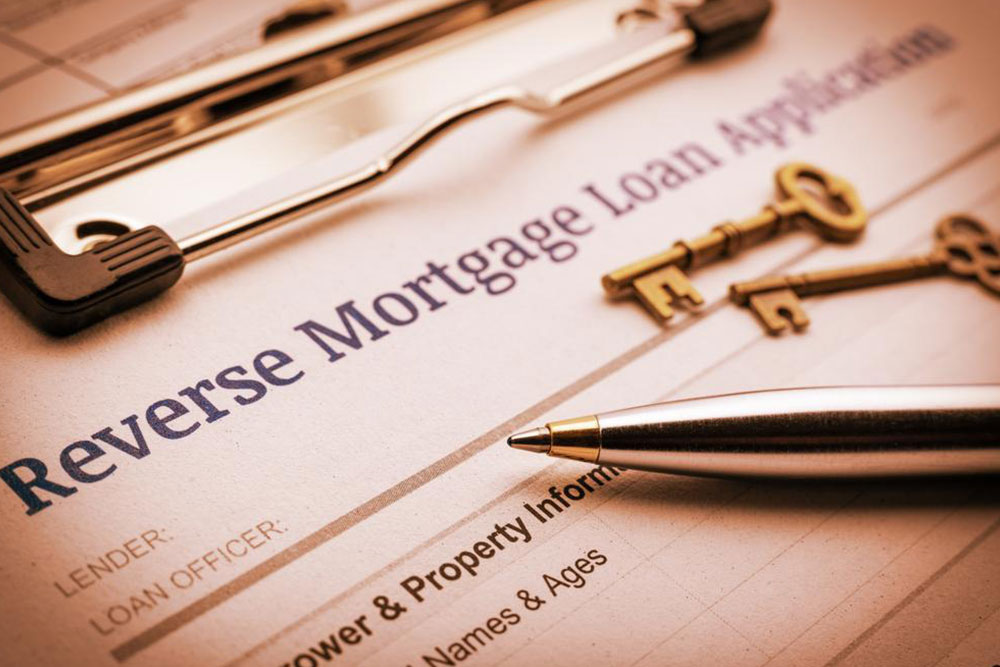Comprehensive Guide to Reverse Mortgages: Essential Insights Before You Decide
This comprehensive guide details everything seniors need to know about reverse mortgages. Learn how they work, the different types available, their benefits, costs, and obligations. Make informed choices to enhance your retirement planning with expert insights into securing home equity without selling your property. Understand eligibility, repayment conditions, and how reverse mortgages can provide financial flexibility during retirement years, ensuring a secure and comfortable future.

Critical Information and Considerations When Opting for a Reverse Mortgage
For homeowners aged 62 and above, accessing the accumulated equity of their home through a reverse mortgage can be an attractive financial strategy. This financial product allows seniors to convert part of their home equity into usable funds, providing additional income stream during retirement. However, it's crucial to understand the comprehensive details, operations, different types, benefits, costs, and obligations associated with reverse mortgages to make informed decisions.
Understanding the Mechanics of Reverse Mortgages
Reverse mortgages come with flexible options for disbursing funds. Borrowers can opt to receive a lump sum, consistent monthly payments, or establish a line of credit that they can draw from as needed. This flexibility makes reverse mortgages a versatile tool for managing retirement expenses, funding healthcare costs, or consolidating debt.
One of the key features of reverse mortgages is that they do not require monthly repayments while the homeowner remains living in the property. Nonetheless, homeowners are responsible for maintaining current property taxes, maintaining insurance coverage, and keeping the home in good condition according to FHA standards. Failure to meet these obligations can trigger loan repayment obligations or potential foreclosure.
Upon the homeowner's passing or moving out of the home, the loan typically becomes due and payable. Heirs or family members can choose to settle the loan to retain ownership, or the lender may initiate foreclosure to recover the owed amount. Additionally, moving from the home for a period exceeding six months— or a year in cases involving health or medical reasons—can activate loan repayment clauses, making it vital for borrowers to plan for these eventualities.
Diverse Types of Reverse Mortgages
HECMs (Home Equity Conversion Mortgages)
As the most prevalent federally insured reverse mortgage option, HECMs provide a high degree of security for seniors. These loans are backed by the Federal Housing Administration (FHA) and feature limits on fees and flexible terms for fund utilization. The maximum loan amount is determined based on the home’s appraised value, and specific eligibility criteria must be met, including age, residence, and property type.
Proprietary Reverse Mortgages
Specially designed private loans, proprietary reverse mortgages are not backed by government agencies. They often offer higher borrowing limits, especially for high-value homes, and may involve fewer restrictions, but tend to have higher interest rates and associated costs. Availability is limited to certain areas and lenders, making it necessary for prospective borrowers to thoroughly compare terms.
Single-Purpose Reverse Mortgages
Offered exclusively by non-profit organizations and government agencies, these reverse mortgages are intended for specific uses such as home improvements, property taxes, or healthcare expenses. They generally involve lower costs but come with usage limitations and restrictions set by the lender, making them suitable only for targeted financial needs.
Advantages of Choosing a Reverse Mortgage
Access to Additional Funds
Reverse mortgages allow senior homeowners to unlock their home equity without relinquishing ownership, providing them with an extra source of retirement income. This can significantly assist in covering unforeseen expenses or supplementing other retirement savings.
No Monthly Repayment Burden
Unlike conventional loans, reverse mortgages don’t require monthly payments. Borrowers only repay the loan when they sell the home, move out permanently, or pass away. This feature alleviates immediate financial pressure, making the mortgage an attractive option for those wishing to preserve cash flow.
Ownership Rights Remain Intact
Borrowers retain full ownership of their property as long as they fulfill obligations related to taxes, insurance, and maintenance. The lender cannot claim ownership unless these conditions are neglected, ensuring homeowners retain control over their homes.
Customizable Disbursement Options
Borrowers have the flexibility to decide how they receive funds and can alter these arrangements later if circumstances change. Whether opting for a lump sum, ongoing payments, or a credit line, this adaptability offers personalized financial management.
No Impact on Social Security or Medicare Benefits
The proceeds from reverse mortgages are not classified as income, meaning they do not interfere with entitlement benefits such as Social Security or Medicare, preserving these essential benefits for seniors.
Associated Costs and Considerations
Initiating a reverse mortgage involves several upfront costs, including property appraisal, closing costs, loan origination, and mortgage insurance premiums. Ongoing expenses include interest, insurance premiums, and servicing fees. These costs vary by lender and loan type, so it’s advisable to seek detailed estimates and compare offers thoroughly. Understanding the total costs and how they affect loan balance over time is crucial for planning purposes.





